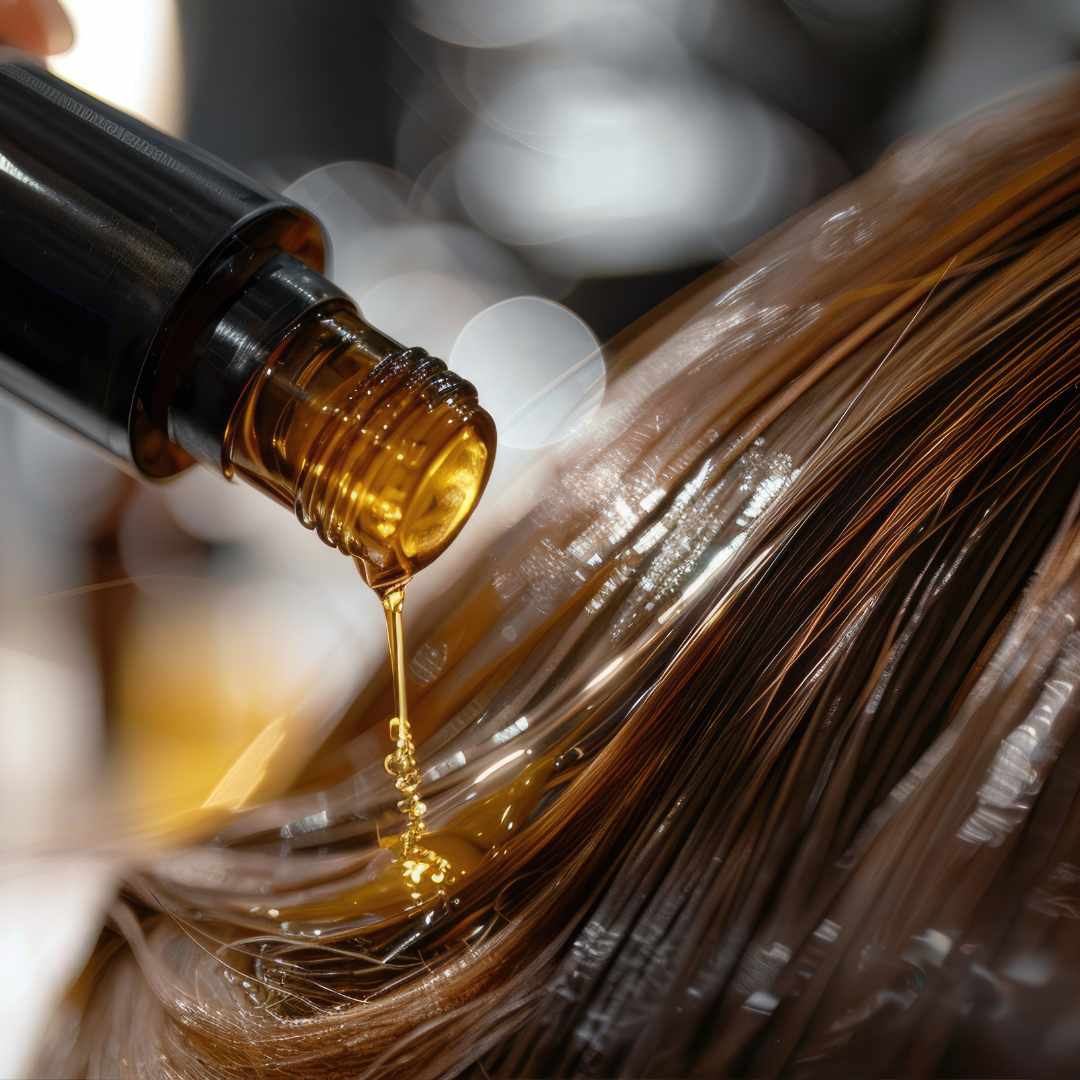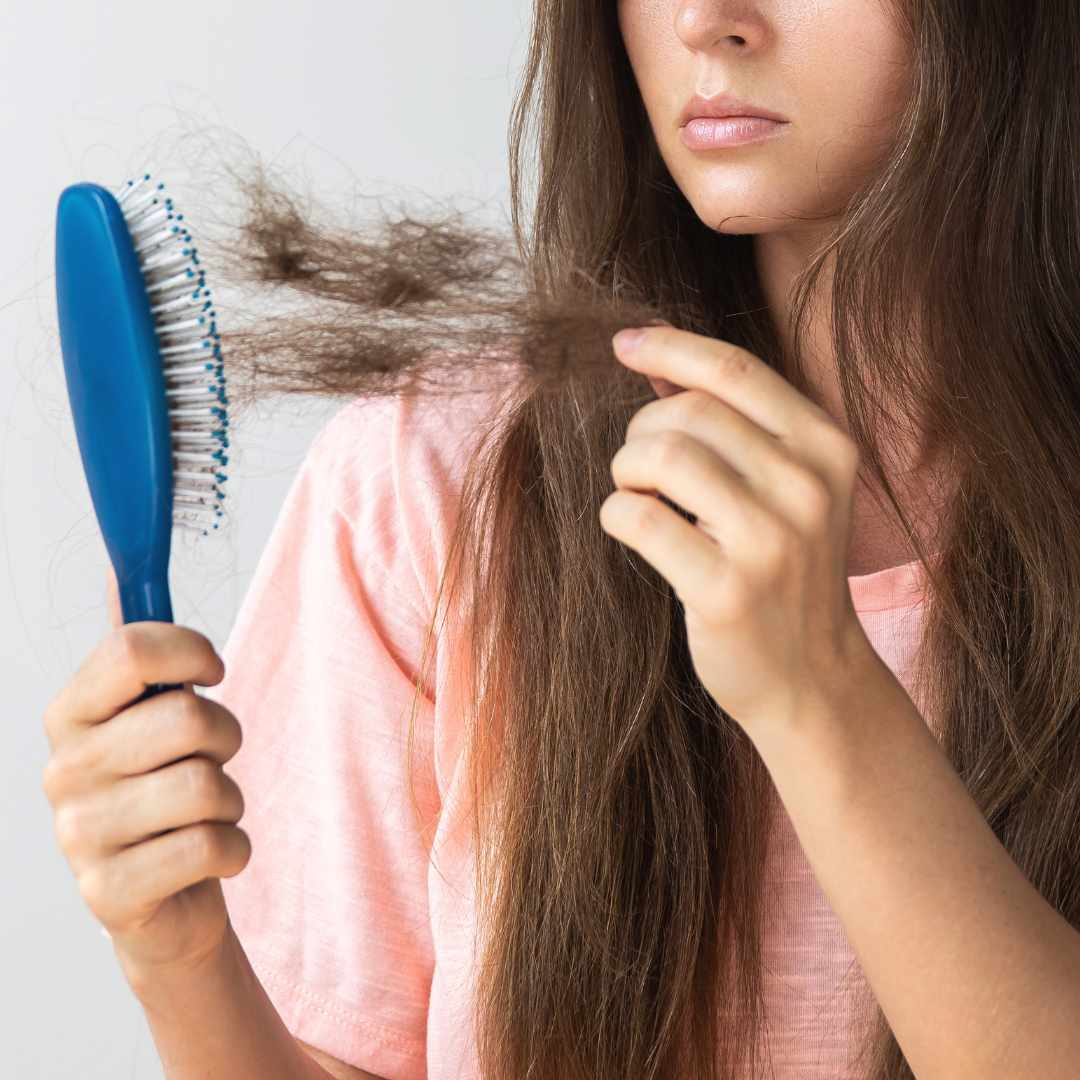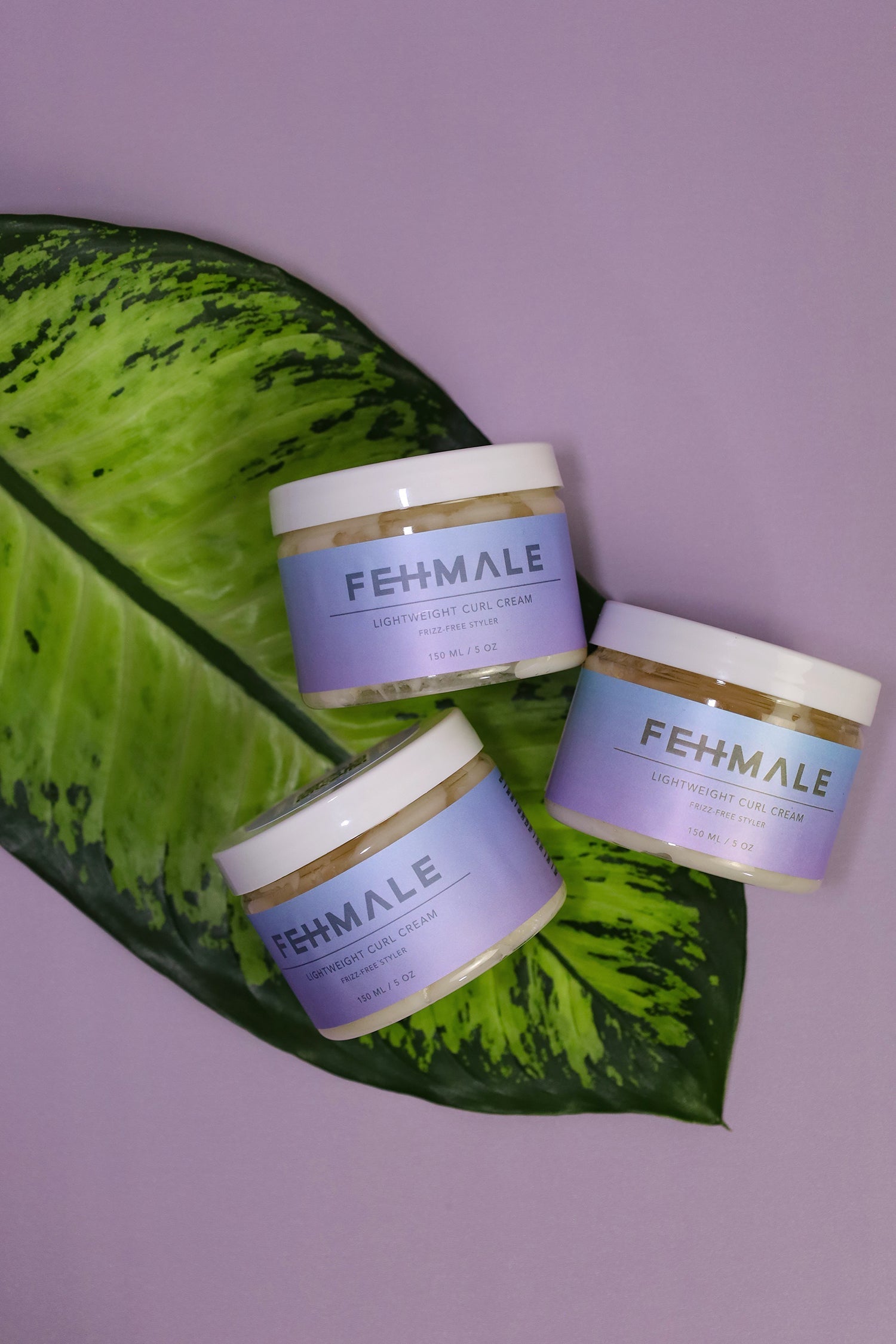
How to exfoliate the skin
How to exfoliate the skin? A guide to healthy and radiant skin
Exfoliation is an important – but often overlooked – part of an effective skincare routine. Many people focus on cleansing, serum and moisture, but forget to remove the top layer of dead skin cells, which can prevent the products from working optimally. Others skip the exfoliation because they are unsure of how to do it correctly or because they fear irritating the skin. But when done right and with the right products, exfoliation can make a significant difference.
By regularly exfoliating the skin, you improve both the appearance and health of the skin. The surface becomes smoother and the skin has a more uniform tone and texture. At the same time, cell renewal is supported, which naturally decreases with age. The result is smoother skin with increased glow, fewer clogged pores and better absorption of subsequent care products. In the following, you will get a practical and detailed guide on how to exfoliate the skin effectively and gently - both on the face and on the body.

What does it mean to exfoliate the skin?
When you exfoliate the skin, you remove dead skin cells from the surface of the skin. It may not sound like anything special, but it is of great importance to the appearance and health of the skin. The dead cells can create a dull, greyish tone, clog pores and make it harder for moisture and active ingredients to penetrate the skin.
Regular exfoliation stimulates cell renewal, which gives a more uniform and smooth skin and can reduce the visibility of fine lines, pigment spots and impurities.
The two types of exfoliation – mechanical and chemical
There are generally two ways to exfoliate the skin:
Mechanical exfoliation:
Here, a physical scrub with small grains is used – often in a shower gel or body peeling – to remove dead skin cells. It acts as a kind of "grinding" of the skin and is most suitable for the body and areas with thicker skin such as legs, arms and elbows. Many choose a mild, exfoliating shower gel with caring ingredients as part of their routine – for example varieties from Hairsouk's selection of exfoliating shower gels, which both gently cleanses the skin and contributes to a softer surface.
However, it is important not to overdo it – especially on the face, where the skin is more delicate. Here too coarse grains can do more harm than good and create microscopic tears. Therefore, mechanical exfoliation is best suited for the body or for people who do not have sensitive skin.
Chemical exfoliation:
Chemical exfoliation takes place with products containing fruit acids (AHA) or salicylic acid (BHA), which gently dissolve the dead skin cells and stimulate the skin's natural renewal. AHA is suitable for dry or mature skin, while BHA is ideal for oily and impure skin. The products are available as toners, masks or creams and can be adapted to your skin type. The advantage of chemical exfoliation is that it is often smoother and gentler than scrubbing grains – perfect for those with sensitive skin or a tendency to redness.

Exfoliation of dry and sensitive skin
If you have dry or sensitive skin, it is important to exfoliate gently. Use chemical exfoliation products with a low concentration of AHA, e.g. lactic acid or mandelic acid. Avoid coarse scrubs, as they can irritate and create small tears in the skin.
It is a good idea to exfoliate in the evening and finish with a nourishing one cream or lotion, which helps rebuild the skin's barrier. A moisturizing mask or night cream can also provide extra care and prevent drying out.
How to exfoliate the skin step by step?
1. Clean the skin thoroughly
Before you exfoliate, the skin must be completely clean. Therefore, start by washing your face or body with a mild shower gel that removes dirt, oil and any make-up. A clean skin surface ensures that the exfoliating product works directly on the dead skin cells and is not blocked by impurities.
2. Choose the right method for your skin type
It is important to choose the right form of exfoliation. For the body and areas with thicker skin – such as elbows, knees and lower legs – mechanical exfoliation with a scrub is often the most effective. For the face, where the skin is thinner and more sensitive, chemical exfoliation may be a better choice. Here, acids such as AHA or BHA work more gently and precisely to loosen the dead skin cells.
3. Apply and massage gently
For mechanical exfoliation, you should massage the product into the skin with soft, circular movements. Avoid scrubbing hard – this can damage the skin and make it irritated. Spend about 20–30 seconds on each area, then rinse thoroughly with lukewarm water. With chemical exfoliation, the product is applied as directed, often without having to be massaged in or rinsed off.
4. Add moisture and nourishment
When the dead skin cells are removed, the skin is extra receptive to care. It is therefore important to finish with a moisturizing cream or lotion that both soothes the skin and helps rebuild its protective barrier. If you exfoliate in the evening, you can use a slightly thicker night cream or a moisturizing mask to give the skin extra care overnight.
5. Remember sun protection the next day
Especially after chemical exfoliation, the skin is more sensitive to the sun's rays. It increases the risk of sun damage and pigmentation if you don't use SPF. That's why it's important to use sunscreen daily – even in winter – when you exfoliate regularly. It protects the skin and prolongs the effect of your skin care.

How often should you exfoliate?
The frequency depends on your skin type:
-
Normal/combination skin: 2–3 times a week
-
Dry or sensitive skin: 1 time per week
-
Oily and impure skin: Up to 3–4 times a week with chemical exfoliation
Overexfoliation can lead to redness, irritation and dryness, so it's important to find a balance and listen to your skin's signals.
Exfoliation of the body – an overlooked routine
We often focus on the face, but the body also benefits from exfoliation. Especially on areas such as elbows, knees and lower legs, dead skin cells can accumulate and create dry, uneven skin. A scrub in the bath a few times a week can make the skin softer and more receptive to body lotion.
People with ingrown hairs or keratosis pilaris (small bumps on the upper arms) can benefit greatly from regular exfoliation.
Exfoliation for men - why it is also important
Men generally have rougher skin with more sebum production, which makes exfoliation extra useful. Especially around the beard, dead skin cells can accumulate and cause itching and ingrown hairs. A mild scrub 2–3 times a week, or a chemical exfoliant with BHA, can make the skin more clean and resistant.
It is an effective way to avoid irritation after shaving and at the same time give the skin a fresher appearance.
Exfoliation as part of a skincare routine
Exfoliation should be integrated into your regular skin care – not stand alone. When you remove the dead skin cells, the skin becomes more receptive to moisture, active ingredients and nourishment from serums, creams and oils.
Especially in the winter months, exfoliation can help fight dry skin, and in the summer it can counteract the build-up of sweat, sunscreen and pollution.
Frequent mistakes when exfoliating
-
Too frequent exfoliation: It can damage the skin's barrier and cause increased dryness or breakouts.
-
No moisture afterwards: The skin needs to be soothed and moisturized – especially after chemical exfoliation.
-
Coarse scrubs on the face: Do not use body scrubs on the face – they are often too harsh for delicate skin.

The long-term effect – glowing skin with fewer problems
By exfoliating regularly, you will find that your skin feels softer, looks more even and has a healthier glow. At the same time, your other skin care products will be able to penetrate better and work more effectively.
You don't have to make it complicated – many choose products with mild, exfoliating ingredients that can be used daily, e.g. a cleansing gel with AHA or a body lotion with fruit acids.








